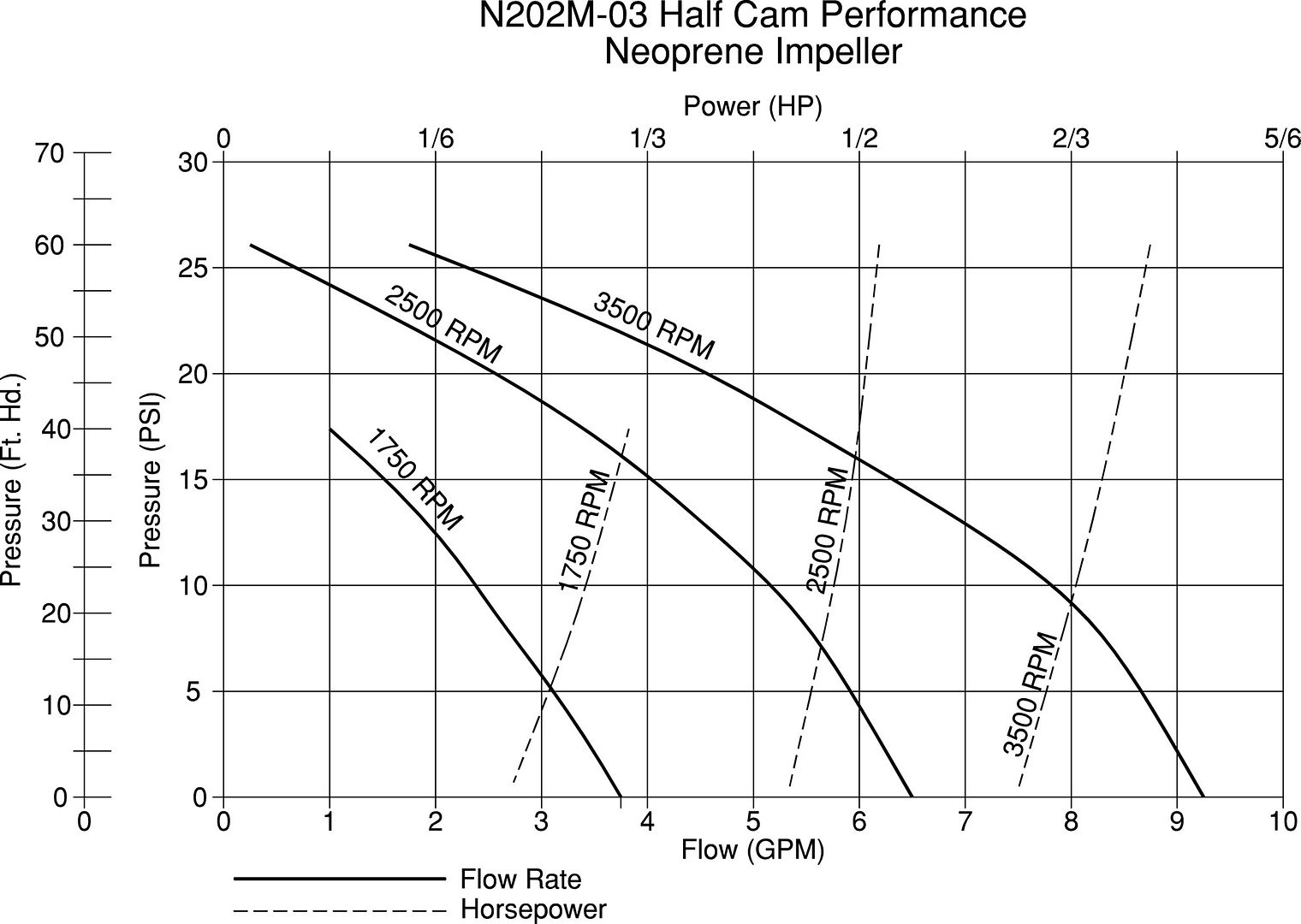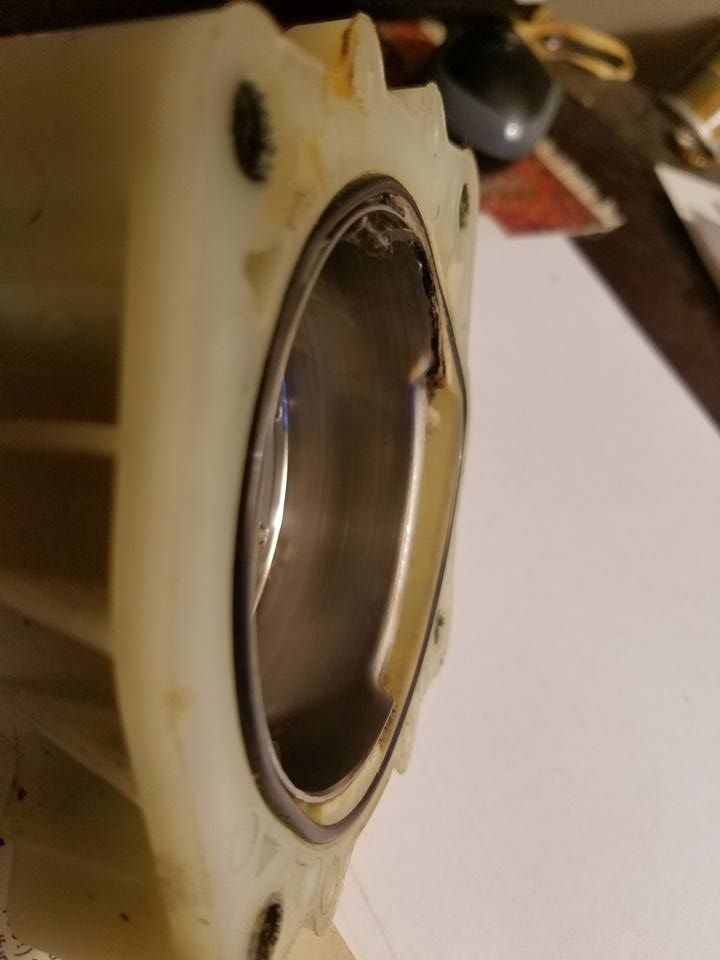I'm posting this to get some feedback, also not so into watching the Dolphins getting slaughtered by the Patriots.
Per Seloc Marine Repair Manual:
"The water pump uses an impeller driven by the driveshaft, sealing between an offset housing and lower plate to create a flexing of the impeller blades. The rubber impeller inside the pump maintains an equal volume of water flow at most operating speeds.
At low speeds, the pump acts like a full displacement pump with the longer impeller blades following the contour of the pump housing. As pump speed increases, and because of resistance to the flow of water, the impeller vanes bend back away from the pump housing and the pump acts like a centrifugal pump. If the impeller blades are short, they remain in contact throughout the RPM range, supplying full pressure."
Now, if this is true, and knowing something about pump dynamics, this makes sense to me. Also, the operation of the pressure control (relief) valve as well.
Positive comments please.
Thanks all!
Per Seloc Marine Repair Manual:
"The water pump uses an impeller driven by the driveshaft, sealing between an offset housing and lower plate to create a flexing of the impeller blades. The rubber impeller inside the pump maintains an equal volume of water flow at most operating speeds.
At low speeds, the pump acts like a full displacement pump with the longer impeller blades following the contour of the pump housing. As pump speed increases, and because of resistance to the flow of water, the impeller vanes bend back away from the pump housing and the pump acts like a centrifugal pump. If the impeller blades are short, they remain in contact throughout the RPM range, supplying full pressure."
Now, if this is true, and knowing something about pump dynamics, this makes sense to me. Also, the operation of the pressure control (relief) valve as well.
Positive comments please.
Thanks all!





Comment